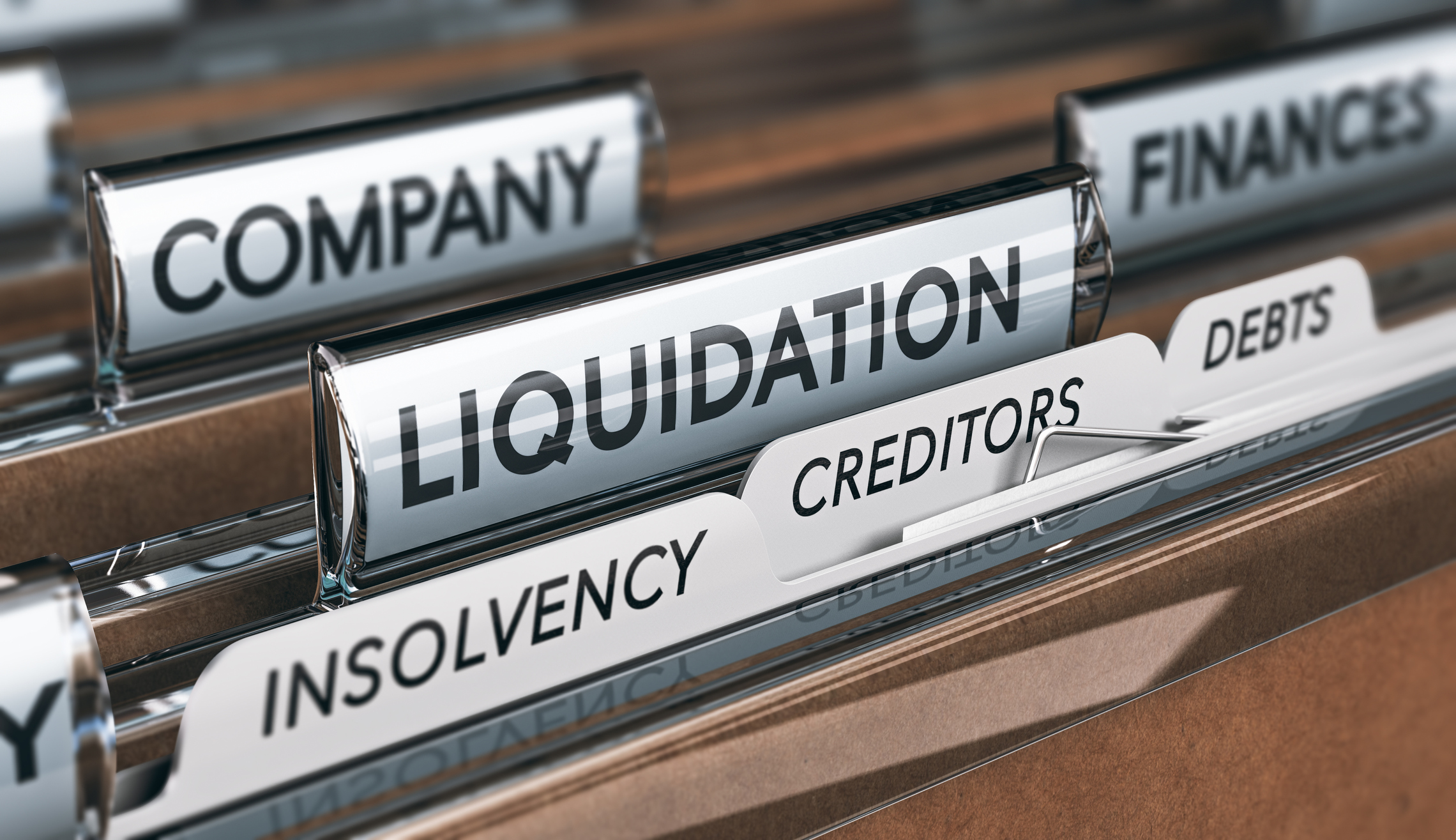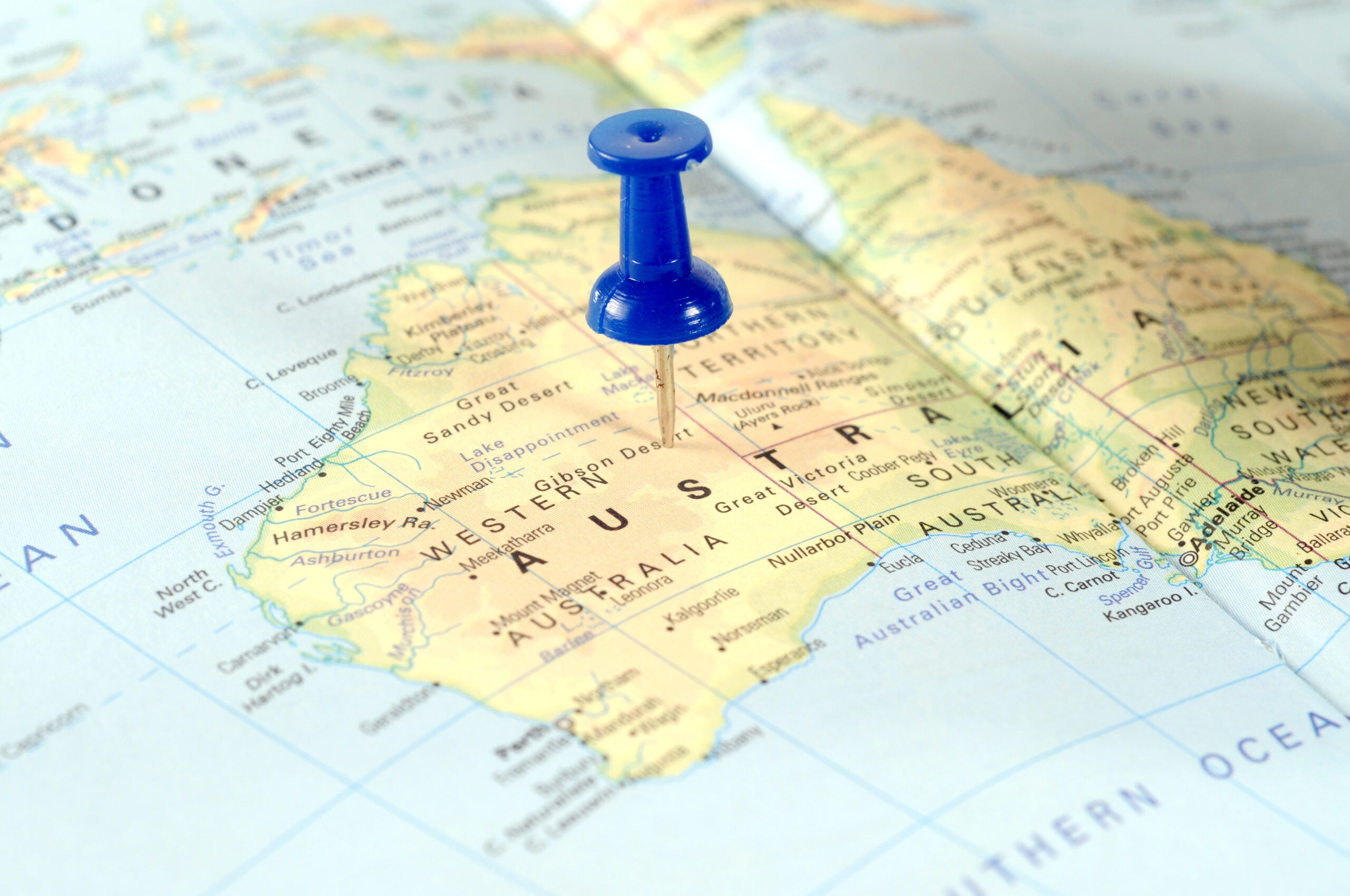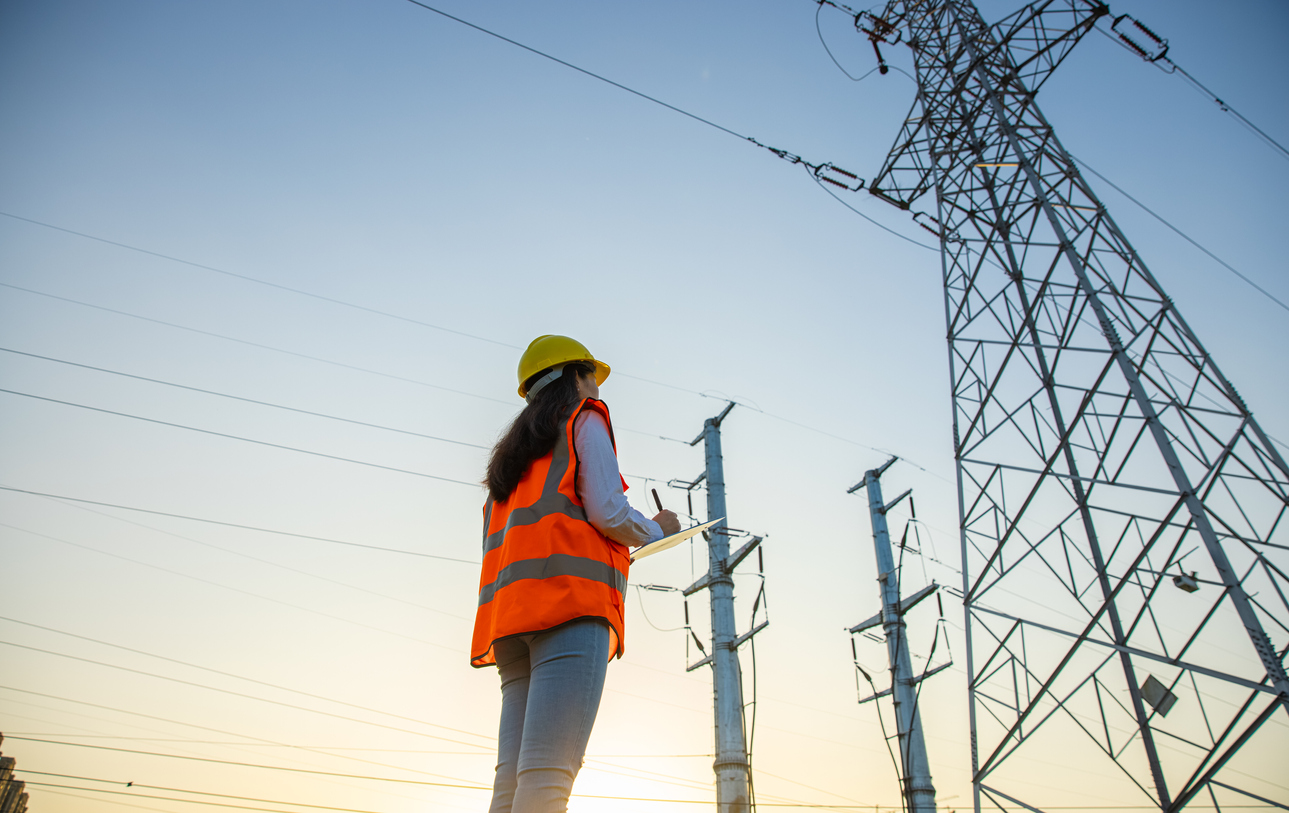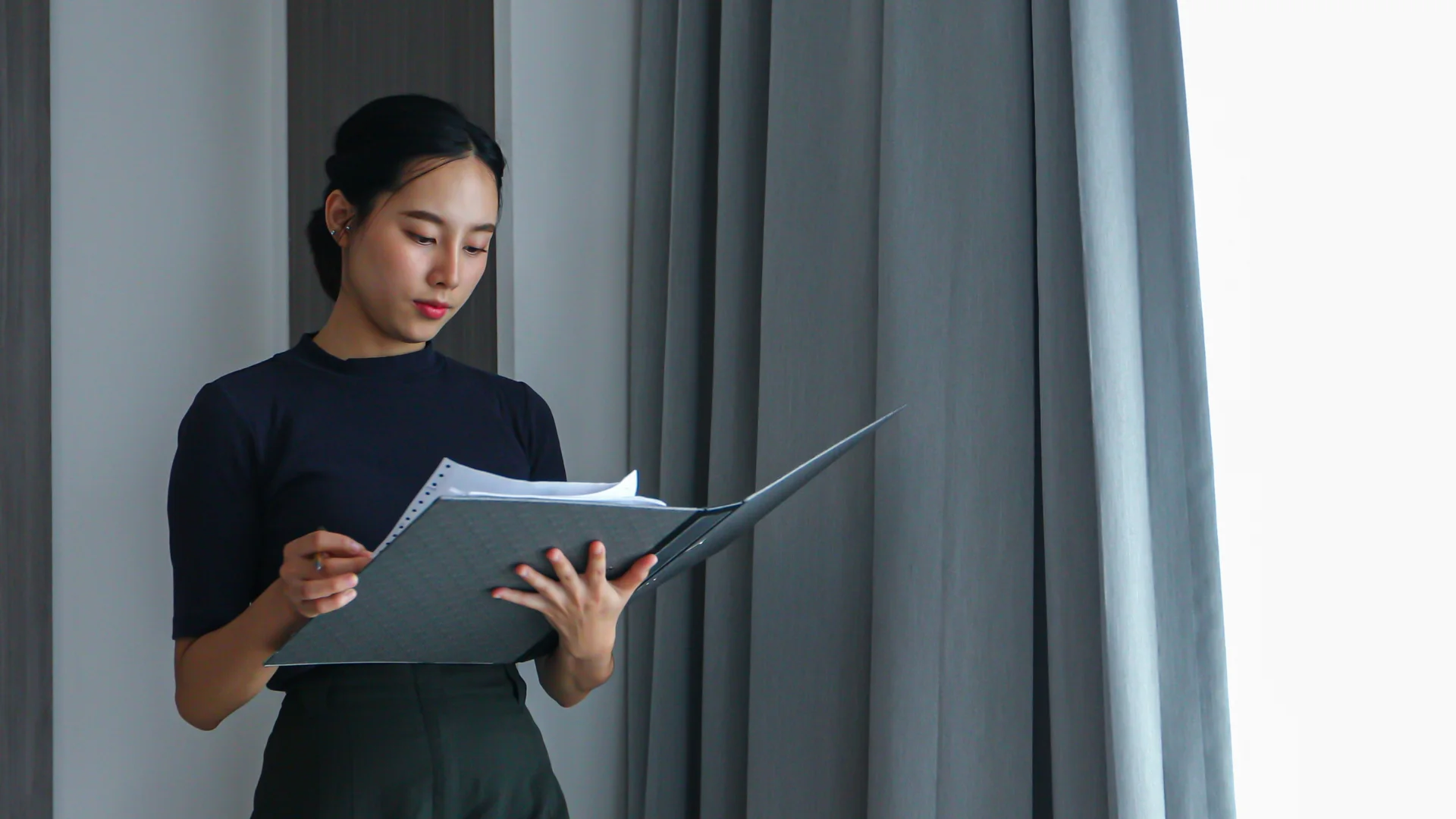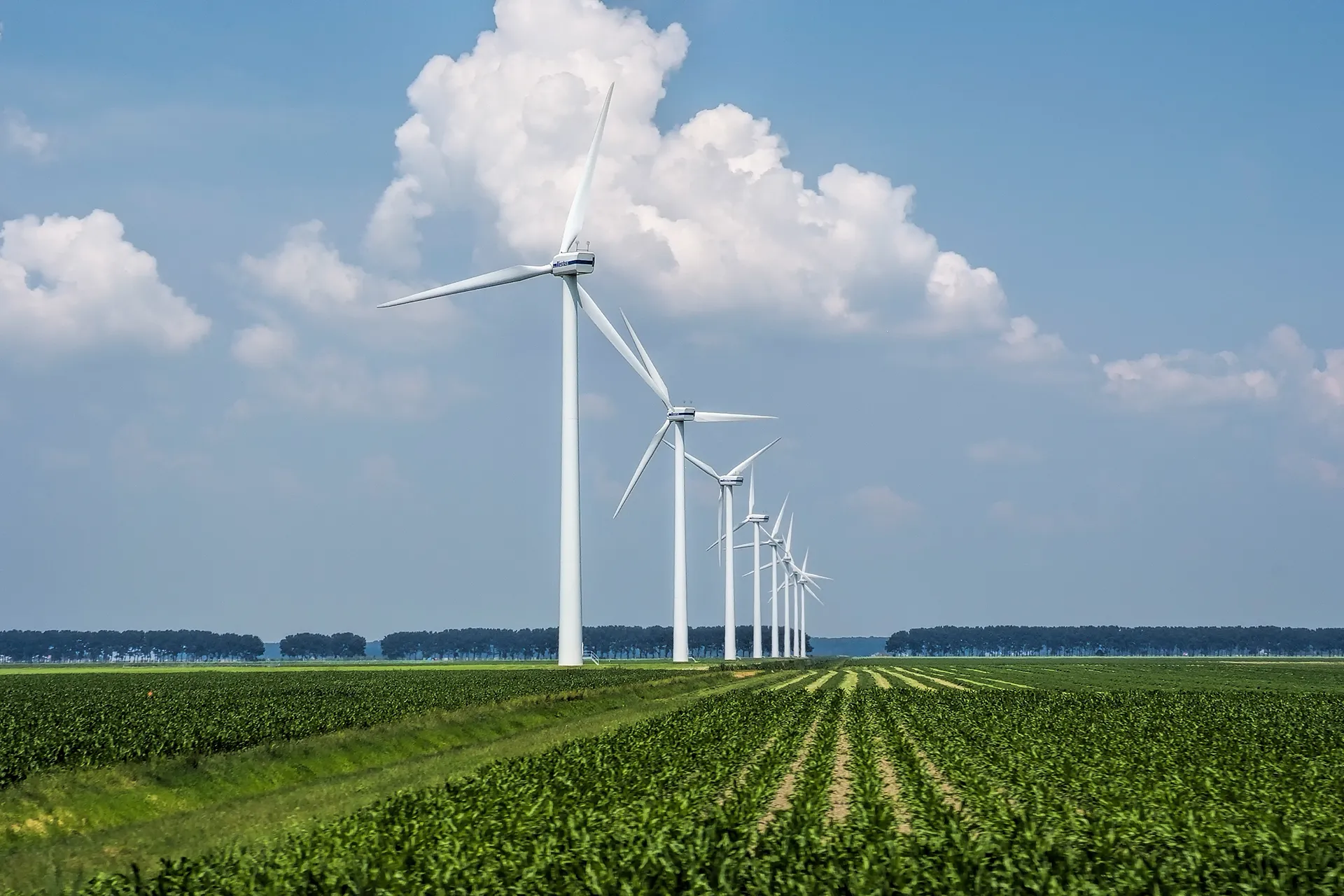In August, AEMO reported an influx of new participants into the electricity retail market, with Tesla Energy Ventures Australia Pty Ltd leading the spotlight. Though Tesla has already marked its presence in the energy sectors internationally, its aggressive expansion in Australia is notable.
But here’s the catch – Tesla isn’t the only one. Since 2020, the AER has clocked in 22 new electricity retail licence applications. Names like Ampol Energy, Smartest, and Telstra join the race.
For SMEs, this means more options and potentially competitive rates. But there’s a flip side: competition doesn’t always translate to stability. The UK’s energy sector is a case in point. They’ve witnessed the collapse of over 27 energy suppliers since January 2021. Many of these were pegged as “low cost”, but their limited risk management strategies impacted the entire market, causing disruption and affecting consumer trust.
The concern for SMEs is genuine. If you partner with a new energy supplier, where does the buck stop if things go south? The ongoing debate around the ‘Retailer of Last Resort’ scheme means businesses could bear the brunt of market failures, even if they haven’t directly partnered with failing companies.
Looking ahead, Australia’s energy landscape will be tested. We are expected to have significant volatility this summer, with potential power shortages in Victoria and South Australia. Climatic factors such as El Niño and the increase in demand that puts pressure on the National Electricity Market (NEM) contribute to predicting this volatility.
As we navigate this electrically charged journey, these emerging retailers are still finding their footing in the vast expanse of the market. The coming summer promises to shine a light on the resilience and adaptability of these newcomers. It’s a defining moment that could guide the course of regulatory adaptation and industry evolution. Yet, as with all dynamic sectors, the future remains unwritten.
This is a summary article from Edge2020 – read the original article.
Save Big on Energy with Edge Utilities! We’re your experts in tapping into the strength of bulk purchasing, aiming to significantly cut down your energy costs without any added expense to your business. Committed to assisting SMEs, we’re here to source the best rates for you. Reach out to us at save@edgeutilities.com.au or give us a ring at 1800 334 336. Let’s start your journey to effortless savings!

